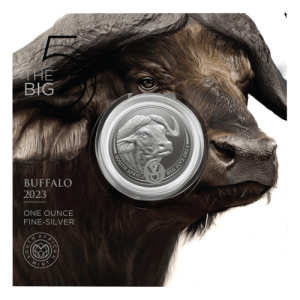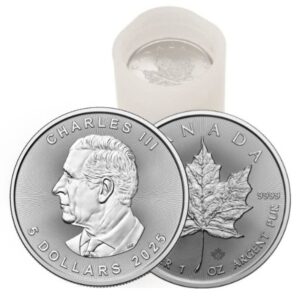Throughout history, Gold has always been a symbol of wealth and security. It is a tried and tested method of storing your wealth for the future. While many see gold as a commodity to be traded, bought, or adorned, we must understand that it plays a major role in the global financial system with its direct relationship with central banks.
- The Historical Connection
Gold’s being a store of value or an exchange of currency goes back thousands of years. Before, when currencies were backed by the Gold Standard – where a country’s currency was directly linked to a specific amount of gold – the yellow metal helped to stabilize currencies. However, this changed in the 20th century when countries moved away from the Gold Standard. Moving away form the Gold standard didn’t diminish the importance of gold. In fact, this spurred Central banks to hold even more Gold in their reserves.
- Central Banks as Major Gold Holders
Central banks, hold significant reserves of foreign exchange and gold. These reserves act as a safety net, bolstering the bank’s creditworthiness and providing liquidity during financial crises. By holding onto gold, central banks have a direct influence on its demand.
- Gold Purchases and Sales
Central banks have been the biggest buyers of gold in recent years. Their purchases tend to significantly influence the gold price. Conversely, when central banks decide to sell portions of their gold holdings, we can notice prices being potentially being driven down due to an oversupply in the market.
- Currency Valuation
A strong currency can buy more gold per unit than a weaker one. Therefore, if a central bank takes actions that strengthen its country’s currency (e.g., hiking interest rates), this can lower gold prices. On the other hand, a weaker currency might lead to higher gold prices as gold becomes a hedge against currency devaluation.
- Crisis Management
In times of political or economic crisis, one might notice central banks increasing their gold reserves. Gold, which is seen as a “safe-haven” asset, provides assurance to both investors and central banks during volatile times. Increased buying by central banks during crises can support or even drive up gold prices.
The intricate relationship between central banks and gold prices is a testament to gold’s enduring importance in the global financial system. While many factors influence gold prices, the role of central banks is one of the most significant. Many investors tend to follow what the central banks are doing as that may provide some insight in the possible direction of assets. Being invested in Gold is always a great way to diversify your portfolio.
 Hi,
Hi,











